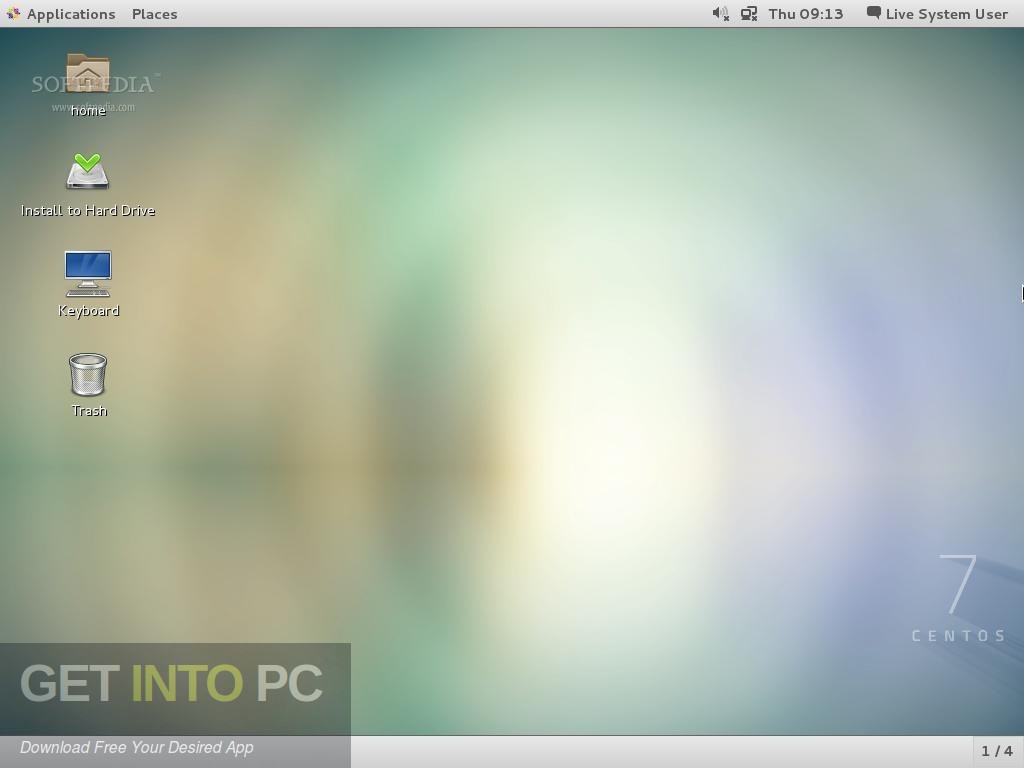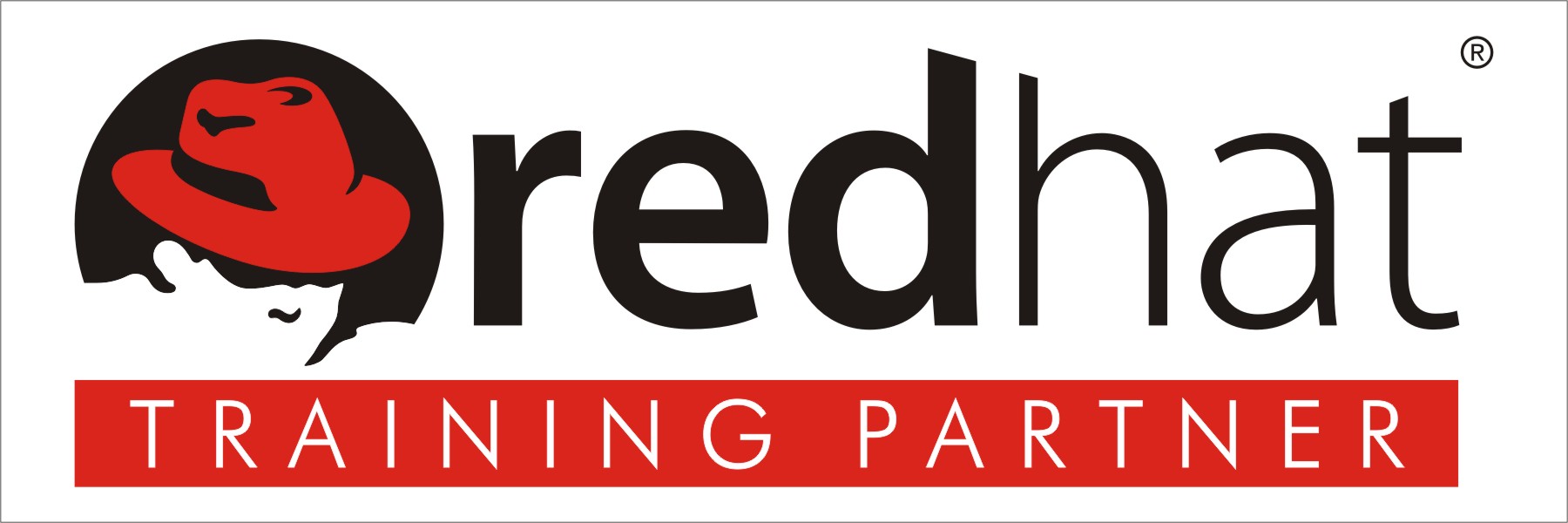Red Hat, Inc. the largest company in Open Source world, released last month one of their major enterprise products – RHEL 7.0 – Red Hat Enterprise Linux, designed for modern datacenters, new cloud platforms and big data.
Among other important improvement like switching to systemd, who now manages daemons, processes and other important system resources even for init services that are now passed through systemd start-up, use of Linux Containers with Docker, cross-realm trust for Microsoft Active Directory, one important aspect represents the XFS as the default filesystem, which can support filesystems up to 16 exabytes and files up to 8 exabytes.
Requirements:
To register and download your evaluation copy of Red Hat Enterprise Linux, simply follow this Link: Download RHEL 7.5 Once you have downloaded your chosen image of RHEL 7.5 that matches your architecture, you will need to burn this to a blank DVD or if you are using a Virtual System, place the 'iso' image in the relevant location that can be. In 2003 'Red Hat Linux' was replaced with 'Red Hat Enterprise Linux' and 'Fedora Linux' 5.0 (current) Red Hat Linux 5.0 includes the Metro-X X Server, BRU2000.
You must have an active Red Hat subscription to download RHEL 7.0 ISO image from Red Hat Customer Portal.
- RHEL 7.0 Binary DVD ISO image
Although RHEL can be installed on a variety of platforms, such as AMD 64, Intel 64, IBM System Z, IBM Power, etc. This tutorial covers the RHEL 7.0 basic minimal installation with on an Intel x86-64 processor architecture using a binary DVD ISO image, an installation best suited for developing a high customizable server platform with no Graphical Interface.
Installation of Red Hat Enterprise Linux 7.0
1. After registering on Red Hat Customer Portal go to Download section and grab the last version of RHEL DVD Binary ISO image, then burn it to a DVD media or create a USB bootable media using Unetbootin LiveUSB Creator.
2. Then place the DVD/USB in your appropriate system drive, start your computer, select bootable unit and on the first RHEL prompt select Install Red Hat Enterprise Linux 7.0.
Install Red Hat Enterprise Linux 7.0

3. After the system loads, select the language for installation process and hit on Continue.
Select Language for Installation
4. When the installer gets on Installation Summary it’s time to customize the installation process. First click on Date & Time, choose your system location from the provided map and hit on Done to apply configuration.
Select Date, Time and Location
5. The next step is to change Language System Support and Keyboard language. Click on both if you want to change or add other languages to your system but for a server the recommendation is to stick with English language.
6. If you want to use other sources than the ones provided by the DVD media hit on Installation Source and add your Additional Repositories or specify a network location using HTTP, HTTPS, FTP or NFS protocols then hit on Done to use your new sources. If you can’t provide other sources stick to default one Auto-detected installation media.
Installation Source
7. The next important step is to select your system software. Click on Software Selection and choose your Base Installation Environment from the down-list. For a highly customizable platform where you can install only the packages that you need after the installation, choose Minimal Install with Compatibility Libraries Add-ons, then hit on Done to apply this changes to installation process.
Select Software Selection
8. The next important step is to configure your system partitions. Click on Installation Destination, select LVM as partition scheme for a
better management over system space, then hit on Click here to create them automatically.
Installation Destination
9. After the installer presents you with default system partition scheme you can edit in any way that suits you (delete and recreate partitions and mount points, change partitions space capacity and file system type, etc.). As the base scheme for a server you should use dedicated partitions such as:
- /boot – 500 MB – non-LVM
- /root – min 20 GB – LVM
- /home – LVM
- /var – min 20 GB – LVM
With XFS filesystem, which is the most advanced filesystem in the world. After editing partitions hit on Update Setting button, then click on Done then Accept Changes on Summary of Changes prompt to apply new configurations.
As a note, if your Hard-Disk is larger than 2TB in size the installer automatically will convert partition table to GPT disks and if you want to use GPT table on disks smaller than 2TB, then you should pass the argument inst.gpt to the boot command line in order to change the default behaviour.
Create /boot Partition
Create /root Partition
10. The last step before continuing with installation process is setting your Network Connection. Click on Network & Hostname and setup your system hostname. Here you can use your short system hostname or you can append the dot domain (FQDN).
Set System Hostname
11. After setting up hostname bring up your Network Interface by switching the top Ethernet button to ON. If your network provides automatic Interface configurations through a DHCP server your IPs should be visible on Ethernet Interface Card else go to Configure button and provide your static network settings for your appropriate network connection.
Enter Static Network Settings
12. After finishing editing Ethernet Interface settings hit on Done which you bring you to default window installer and after you check on your installation settings hit on Begin Installation to proceed further with system installation.
13. As the installation begins writing the system components on your hard-disk, you need to supply your Root Password and create a new User. Click on Root Password and try choose a strong with one at least eight characters in length (alpha-numerical and special characters) and hit in Done when you finish.
RHEL 7 Installation Process
Red Hat Linux 9 Iso
14. Then move to User Creation and provide your credentials for this new user. A good idea is to use this user as a system administrator with root powers through sudo command by checking the box Make this user administrator, then click on Done and wait for the installation process to finish.
Select User Creation
15. After the installation finishes the installer will announce that everything completed with success so you should be ready to use your system after reboot.
Red Hat Enterprise Linux 5 Dvd Iso Download Torrent
RHEL 7 Installation Complete

Congratulation! Remove you installation media and reboot your computer and you can now login to your new minimal Red Hat Linux 7.0 environment and perform other system tasks for beginning like register you system to a Red Hat Subscription, activate your system Repositories, update you system and install other useful tools needed to run day to day tasks.
These all tasks can be discussed in my upcoming article. Till then stay tuned to Tecmint for more such howto’s and don’t forget to give your feedback about the installation.
Red Hat Enterprise Linux 5 Dvd Iso Download Windows 7
Red Hat Enterprise Linux 6.4 is the most comprehensive Linux environment. It is an enterprise-level release of Red Hat Linux. This free download is the standalone DVD ISO image of RHEL 6.4 for 32-bit and 64-bit architecture.
Red Hat Enterprise Linux 6.4 Overview
Among many Linux releases, if you are running a small business or enterprise. RHEL is the best environment for you with all the necessary features and options not provided by other releases of Linux. Red Hat is the world-leading open-source environment. It is optimized greatly for delivering the ultimate level of performance. A very friendly environment helps the users to understand the environment more easily. This release is aimed to provide an efficient, effective, and a scalable environment for the Linux users.
It is a very lightweight release of Linux, so it efficiently consumes all the resources of the system and provides a very reliable environment to cater all the business needs. Moreover, it provides pNFS (parallel Network File System) community for a more sophisticated environment. It also supports virtualization and cloud computing features so to meets all the computing needs of your business. A live community is always there to help you in case you are stuck.
Features of Red Hat Enterprise Linux 6.4
Red Hat Enterprise Linux 5 Dvd Iso Download Mac

Some of the remarkable features of Red Hat Enterprise Linux are:
- A very friendly environment
- Lightweight operating system
- Enterprise level Linux release
- GNOME desktop environment
- Open-source solution
- Handle all the business needs
- Optimized performance
- Flexible and stable release
- Virtualization support
- Increased security
- Support for cloud environments
- Enhanced workload management
- For both server and desktop
- Includes a wide range of open source applications
- Many other advanced features and options
System Requirements for Red Hat Enterprise Linux 6.4
Before you download Red Hat Linux, make sure that your system meets the given requirements
- Free Hard Disk Space: 12 GB of free hard disk space required
- Installed Memory: 1 GB of minimum RAM required
- Processor: Single Core Processor or higher
Red Hat Enterprise Linux 6.4 Free Download
Click on the below link to download the standalone setup of Red Hat Enterprise Linux 6.4 for x86_64 architecture. It is one of the most reliable releases of Linux for your enterprise and home use.
32Bit
64Bit